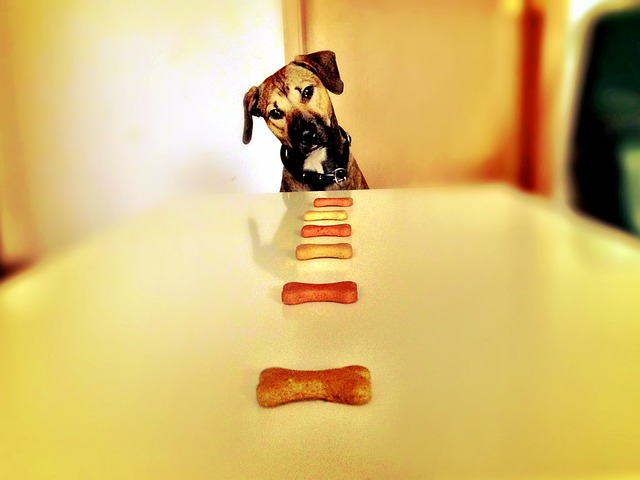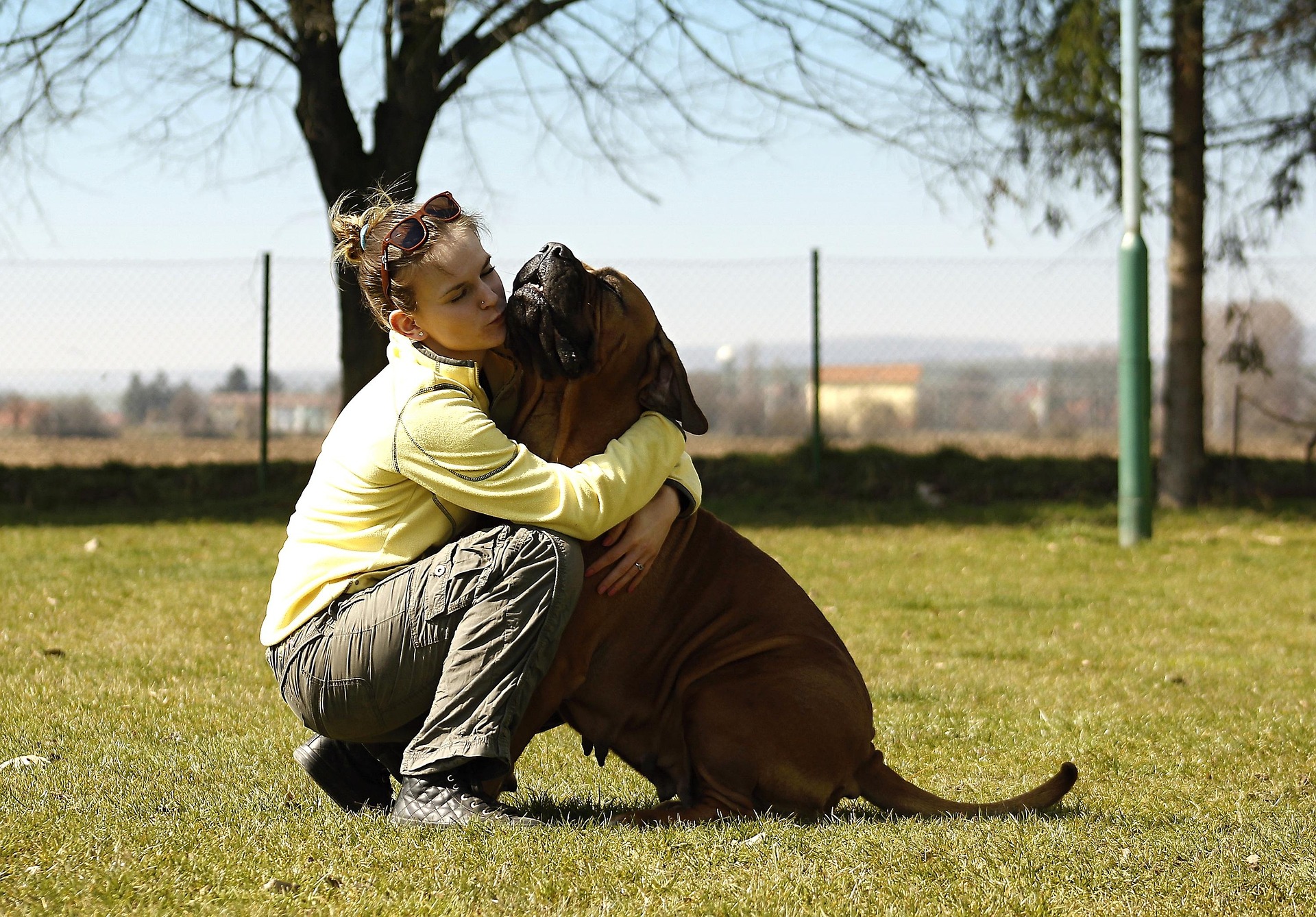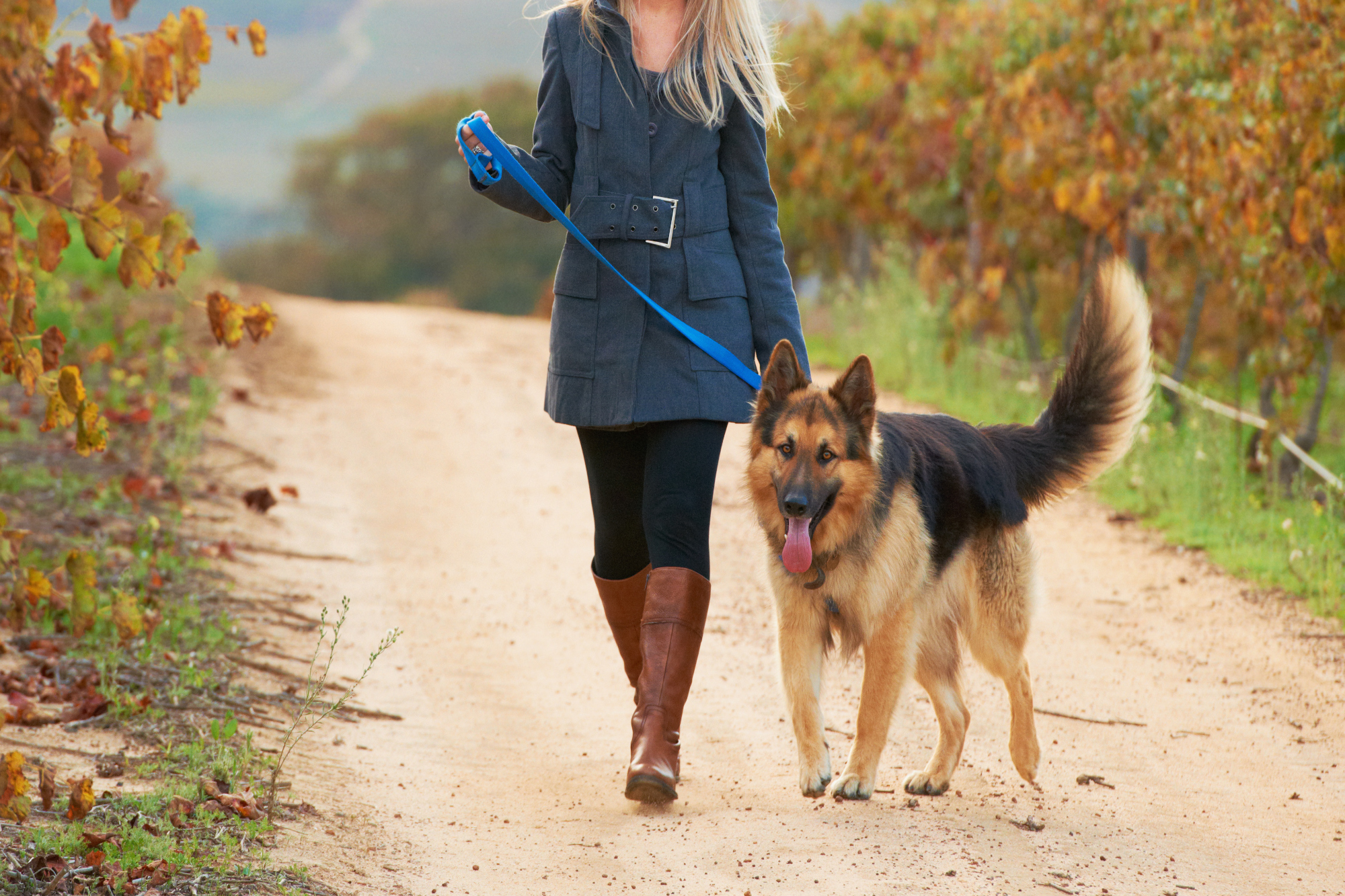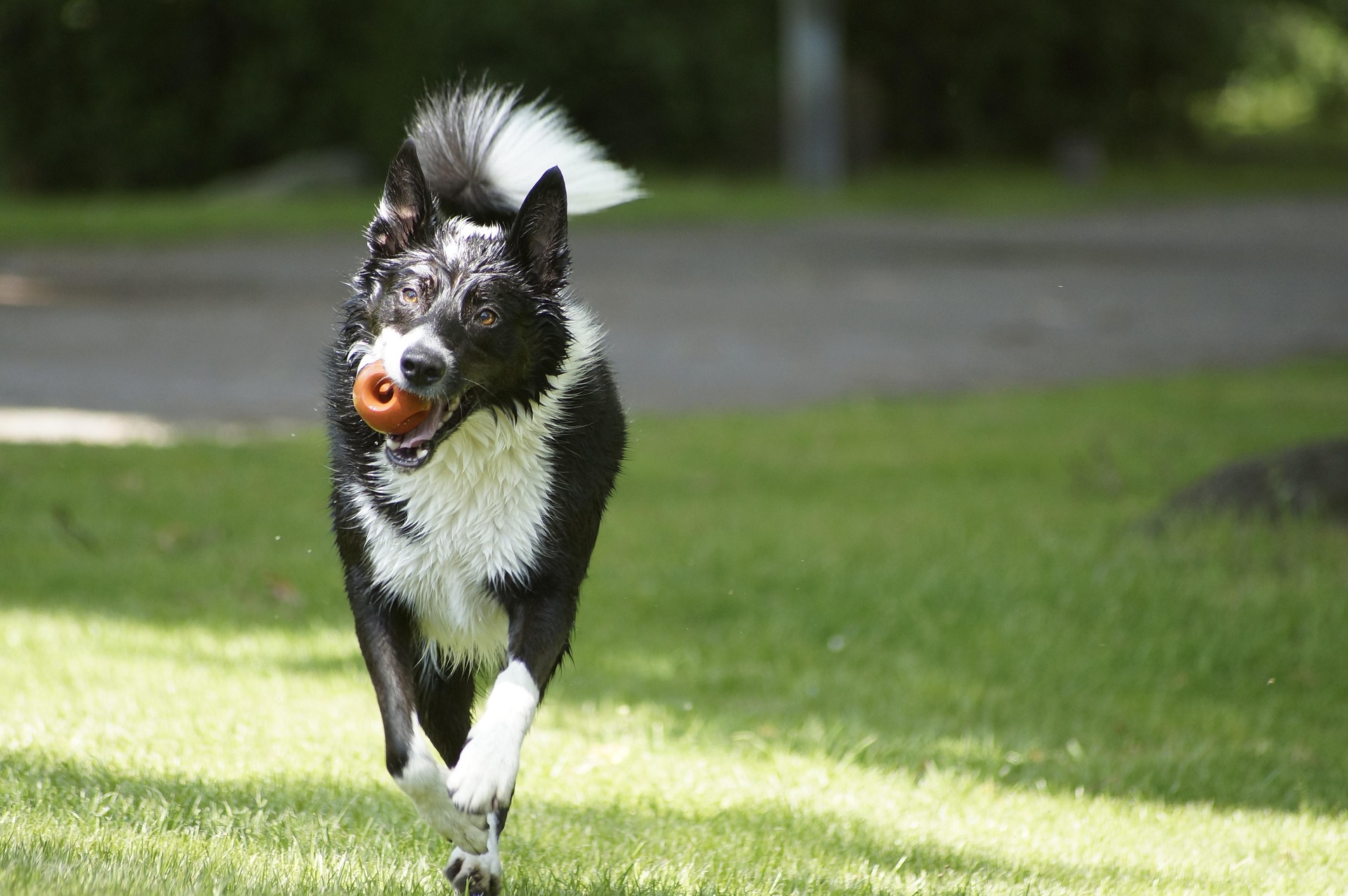Have you ever given your dog food that you think may be safe for them, only to find out it isn’t? Contrary to popular belief, not everything you feed dogs is good for them, and some things you think are terrible for them may not actually be so. These five dog food myths are common enough, but they need to be busted, pronto, for the sake of keeping your pooch happy, healthy, and safe.
Beware the Common Myths
“Myths” in this case are exactly what the word implies: untrue stories founded on misconceptions about dogs, their food, and the ways in which various ingredients can affect them.
We love our pets and want to feed them food that will help them grow and live long and happy lives, but there are a lot of conflicting stories about what constitutes a good diet for dogs. Here are the most common issues.
Myth #1 – It’s Okay for Dogs to Free-Feed During the Day
“Free-feeding” is the term used for leaving your dog’s food out during the day for them to casually graze on, rather than giving them food on a schedule. This may seem convenient and easy if you have to leave for work for the day or go to school, but it may not be as convenient to your dog’s overall health.
A dog that free-feeds their food is more than likely to become overweight, leading to all sorts of long-term problems. It also can end up being unsanitary—especially if you tend to feed your dog outside. Unwanted critters such as rodents, bugs, and even stray cats or dogs may smell your pup’s food and come to your home to eat it.
It’s best to feed your dog with the portioned amount they need and on a schedule. A vet can recommend you a schedule and the portions needed based on your pup’s current lifestyle, breed, size, and exercise routine.
Myth #2 – Chocolate is Okay to Give to Dogs
This one’s a very harmful myth and one that should not be believed for a second! Chocolate is actually one of the worst things you can give to a dog. Chocolate contains the ingredients xylitol and theobromine, which are harmless to humans but highly toxic to dogs. Whether it’s around Easter, Halloween, or any other major holiday involving chocolate, always keep it out of their reach.
If at any point you suspect your dog has eaten chocolate, bring them to a veterinarian—even if obvious symptoms haven’t shown up.
Myth #3 – Bones are Okay for Dogs
Yes, dogs love to chew on bones, but it depends on both the bone and your dog. Here’s the general rule: cooked bones, whether they’re from pork, chicken, beef, or other animals, are more dangerous than raw ones because cooking makes them brittle and more likely to break or shred.
Yes, you can buy raw marrowbones from butchers and pet stores and they will be safer, but bones carry no guarantees and might break, even if they’re not too small or not too big and are cooked or raw. More importantly, they can cause your enthusiastic bone-crunching pet to break a tooth or, worst-case scenario, cause a gastrointestinal blockage that would require immediate veterinary attention.
Bones may not harm your pup, but why take a chance? Give him or her something else to chew, such as carrots or chew toys.
Myth #4 – Grains are Bad for Dogs
Actually, grains such as wheat, corn, soy, barley, and rice are not harmful to dogs. They are harmful, however, if your dog has a diagnosed wheat allergy or a food allergy that is triggered by grains. If your dog is not intolerant to wheat, however, then it’s perfectly fine to give your dog food containing other grains. They should not be the only part of your dog’s diet—it’s best that they’re combined with protein, such as chicken.
Myth #5 – Pork is Bad for Dogs
This is only slightly true. Uncooked or raw pork is most definitely bad for dogs—but once it’s cooked thoroughly (minus any rubs or spices), it’s actually as harmless as cooked chicken, beef, or any other meats. Just be sure to trim any additional fat off of the piece of pork you want to feed your dog, and portions must be appropriate for their size. While straight-up pork from loins, chops, etc. is fine, what’s not fine is ham or bacon—both are made of pork, but they are processed and contain higher fat and salt content as well as ingredients that could harm your dog.
The best way to feed your dog is by keeping their needs in mind while choosing dog food, which means their diet will change over time. After all, what is suitable for a puppy (up to one year) differs for an adult dog (one to seven years or so) and a senior dog (seven and up). You may have to alter their diet if he or she develops health problems such as diabetes, obesity, or food allergies.
Your veterinarian will guide you through the mysteries of finding the best dog food for your pup, and can help debunk any other myths you may encounter—and there is bound to be others!
Creative Commons Attribution: Permission is granted to repost this article in its entirety with credit to the Hastings Veterinary Hospital and a clickable link back to this page.






